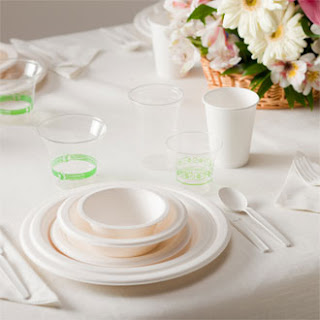Are Disposable Paper Products Environment Friendly?
The significant volume of disposable paper cups has become a symbol of our over-consumption. Whilst reusable cups are the most responsible options, they are not always the most practical or convenient option.
The good news is that there are solutions for producing single use disposable cups from renewable, sustainable sourced raw materials. The materials are non-toxic and can be recycled after use. While the valuable resources and nutrients kept back into the cycle.
You may be too concerned about disposable Paper products impact on the environment. If you want to reduce the environmental impact, don’t use single-use disposable items. Rather, bring your own reusable food service items.
Yet, it is not always convenient or practical to bring one’s own food service packaging. It’s in these situations that single-use food service disposables are the best solution. They provide, a hygienic and cost effective way to serve food and beverages to large numbers of people.
Disposable Paper products include paper cups, biodegradable cups, disposable bowls, reusable plastic plates, paper napkins and Tray paper etc...
Biodegradable Paper Products
The word ‘biodegradable’ is often used to promote a product as environment-friendly.
Producing food packaging from a compostable material benefit in many ways. It provides the opportunity to divert organic waste from landfill. The compost infrastructure is not lacking to invest in compostable packaging materials.
Currently, a third of all household waste is organic and it is ending up in a landfill. This situation has improved all around the world. There is popular government led initiatives in Australia and New Zealand. They use expert ways to divert organics from landfill via composting.
Most of the bioplastics available today are made from plant starch. Plants absorb carbon dioxide during their growth. They convert it into the carbon-rich organic matter. The carbon stored within the products are used during the production of bio-plastics. This carbon is then released back into the atmosphere through energy recovery or composting.
We discuss the limitations as well as the benefits of new products and have plans to introduce more sustainable product solutions.






Comments
Post a Comment